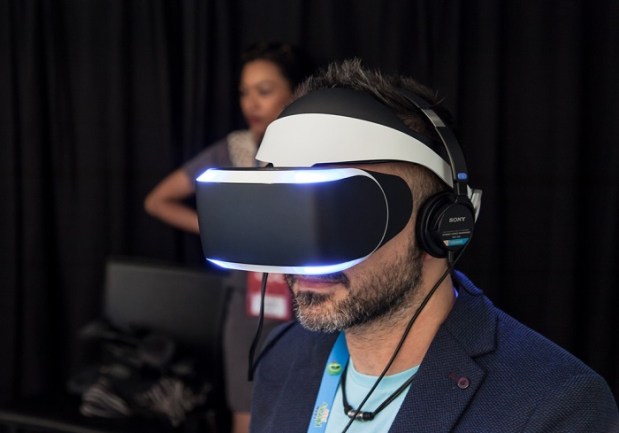Why Slow Internet Is Holding Back eCommerce

Although more and more retailers are dabbling in new technology trends — hello, virtual reality shopping — consumers might not actually get the benefits of these advancements due to a problem that’s been facing the World Wide Web almost since its inception: slow internet connections.
According to a report from Internet Retailer, retailers realize consumers are not going to use these new shopping technologies if their devices provide poor user experiences, and mobile carriers are also doing their best to amp up transmission speeds and increase the speed of their networks.
Over the past year or so, Sprint has invested $150 million in infrastructure improvements, hired 1,000 additional employees and opened 200 new stores in the Chicago area in an effort to develop a faster network called LTE Plus.
LTE Plus offers faster speeds and more capacity, which were shown off this past week in Chicago through a demonstration in conjunction with Samsung Electronics America.
Top speed on the LTE Plus network can reach 230 megabits per second (Mbps), which is more than two times faster than what most current networks offer at 100 Mbps. The more Mbps, the faster and more reliably it can run apps and web browsers.
Sprint is testing the LTE Plus on newer Samsung devices, like the Samsung Galaxy Note7, Galaxy S7 and Galaxy S7 edge, before making the network live.
According to Sprint COO Günther Ottendorfer, the LTE Plus network is also an important step to 5G, or fifth-generation wireless technology, which is expected to be the next step in the evolution of wireless technology.
